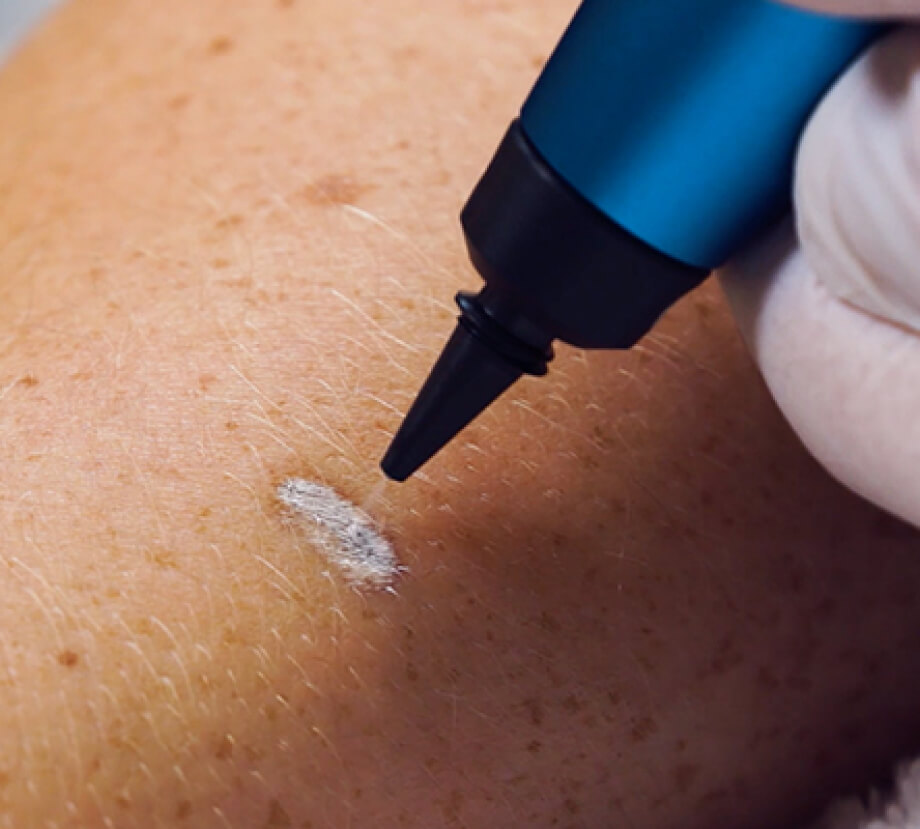
September 16, 2024
Benign Mole: Kinds, Creates And Removal Treatmets
Moles & Benign Skin Growths Types, Risks When every few months, claims Dr. Jih, stand in front of an unabridged mirror and inspect the moles on your skin while https://storage.googleapis.com/5ghb9bmaj7etny/Age-spots/cryogenic-therapy/skin-tags-symptoms-triggers.html asking yourself these ABCDEs. Fortunately is that early detection of melanoma brings about considerable survival advantages. The 10-year survival rate for cancer malignancy that is discovered early is 93 percent. If you have a mole that alters, particularly one that fulfills one or more of the requirements in the ABCDE guide above, see a medical professional immediately. Moles that end up being cancers cells can all look extremely different. Some may show every one of the adjustments noted above, while others might have only one or two uncommon features.Can Benign Moles Go Away?
Experts share warning signs to look out for with moles - and when to get them checked - The Mirror
Experts share warning signs to look out for with moles - and when to get them checked.
Posted: Sun, 01 Aug 2021 07:00:00 GMT [source]
- While benign moles are generally a solitary color of brownish, a cancer malignancy may have different tones of brownish, tan or black.
- These cells are called melanocytes, and they make the pigment that offers skin its all-natural shade.
- Regular surveillance of these moles is particularly important, so that if a melanoma develops, it can be discovered and dealt with as early as possible.
- This involves shaving or cutting it out to make sure that it can be checked out under the microscopic lense.
- If they appear when you're older or they have certain features, they may be more likely to come to be cancerous.
Just How Should I Examine My Skin For Moles?
Most of moles are benign, but some can turn into melanoma, an extreme type of skin cancer. A dysplastic mole is a kind of mole that looks various from an usual mole. It is typically greater than 5 millimeters wide (1, 3). A dysplastic nevus can have a mixture of a number of shades, from pink to dark brown. It is typically level, with a smooth, slightly scaly, or pebbly surface area, and it has an uneven side that might discolor right into the bordering skin. This short article will certainly check out why brand-new moles show up, when to be worried, and how Valley Skin Institute can aid. BRAF mutations are recognized to be involved in melanoma. But the molecular procedures associated with changing a benign mole to a malignant mole aren't yet understood. Because of their appearance, atypical moles have been characterized as the "unsightly ducklings" of moles. These moles are called birthmarks and differ extensively in dimension, shape, and shade. UV direct exposure can likewise cause these melanocytes to cluster, producing moles. Lastly, a physician might use a laser to get rid of a mole. This technique is frequently used on moles that lie in difficult-to-reach places or on moles that have actually been formerly gotten rid of. When a lesion becomes dysplastic, this is an indication that it contains unusual cells or might be going through unusual development. A mole becoming dysplastic may suggest the growth of cancer malignancies or carcinomas (malignant cells). For that reason, the appearance of moles can alter over time. They can transform in number and look and can likewise vanish. The shade of typical moles is normally uniform throughout. You should take notification if you have a mole with a blend of colors or if a mole has a splotchy appearance. Get in touch with us immediately if your mole begins to bleed or ooze. If you see changes in a mole's color, elevation, size, or shape, you should have a skin doctor (skin medical professional) evaluate it. You likewise should have moles checked if they bleed, exude, itch, or soften or uncomfortable. An usual mole is generally smaller than regarding 5 millimeters broad (concerning 1/4 inch, the width of a pencil eraser). It is round or oval, has a smooth surface with a distinctive edge, and is typically dome-shaped. They might look like cancer malignancy but are typically benign. However, having irregular moles can raise your risk of cancer malignancy, so regular skin checks are important. Moles, additionally called mole, are groups of pigmented cells that look like little, dark brownish dots. These SKs can occur anywhere on the body, yet they are especially typical along the hairline and at sites of friction on the body. Seborrheic keratoses are harmless skin developments, and in fact, they are so benign that there is no considerable research study that has been done to find their cause! Due to the fact that so little is known about seborrheic keratoses, dermatologists do not know just how to stop them, yet we do recognize that they are not contagious or harmful.Is it normal for moles to change in look?
Signs and symptoms and qualities to watch out for include: increased or flat shape, frequently with uneven shape and boundaries,'in some cases on an existing or new mole. brownish, black, tan, red, blue, and even white, typically a darker shade of a person's typical complexion. sluggish adjustments, commonly throughout months or years. The moles that are of medical worry are those that look various than various other existing moles on your body (referred to as the & #x 201c; ugly duckling sign & #x 201d;-RRB- or those that show up on your skin after
Social Links